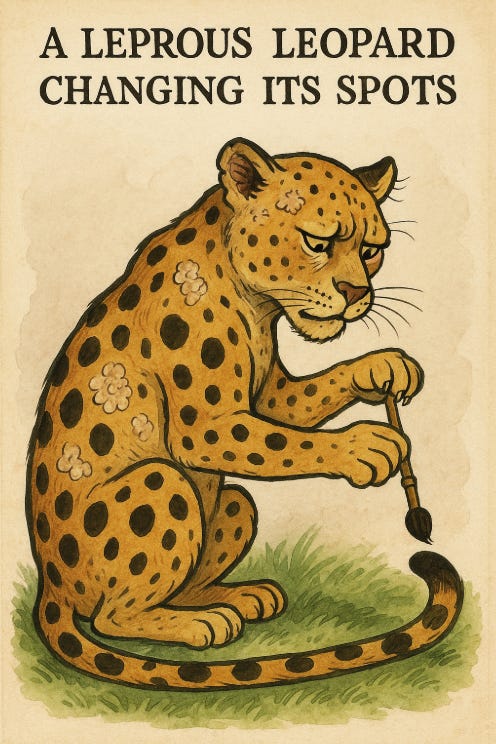Week In Review
Hadran alach masechet Makkot! We will return to you tractate Makkot. Probably sooner rather than later, since I still have a post or two on Makkot.
Here are some posts from over the past week.
In Dueling Stammas and the Pnei Yehoshua, for the principle of בִּכּוּרִים, הַנָּחָה – מְעַכֶּבֶת בָּהֶן, קְרִיָּיה – אֵין מְעַכֶּבֶת בָּהֶן, two different Talmudic passages deal with the Tannaitic attribution. So why ask the second time, and why attribute to a different Tanna the second time. Can the Talmudic Narrator disagree with itself? Pnei Yehoshua suggests that the second time, it is Rav Sheshet. I am not sure about the second attribution, but I think the first is not the plain Stamma, but a named Amora; further, it may be within a variant Talmudic thread, as indicated by matni.
In A Haggadah for the Entire Family; Grappling with Divine Corporeality, or Not, I discuss how this particular gifted Haggadah I discussed before deals with the Sancheriv story. The gemara makes the theologically impossible claim or Hashem physically manifesting in old man form; this haggadah disguises it and makes it into a plain old man, or perhaps Eliyahu HaNavi.
In Rava Hai vs. Rav Achai, we explore this fun variant, where רבא האי, where האי begins the statement, turns Rava into a later Amora.
In A Censored Seforno: Tzaraat as a Natural Disease, we see how Eliyahu Munk’s translation modifies Seforno. Seforno described certain leprosy types as both natural and what the Torah described, while the Munk translation makes it entirely spiritual / supernatural, with no overlap to natural disease.
The summary post from last week’s article, Worrying About Flying Camels. And the new article from this week, Are Flying Camels Real? Even Rava does not really think so. So, it is metaphorical, for a really fast camel. Or, Rav Yaakov Emden though it was mentioned in the megillah, and is a fast eight-legged camel. Or, I suggest this is a scribal error for פריצא or פרסא, meaning wild and crazy or Persian.
A missing brayta about tattoos shows text of an entire brayta that dropped from our printed texts, establishes its text and its derasha.






